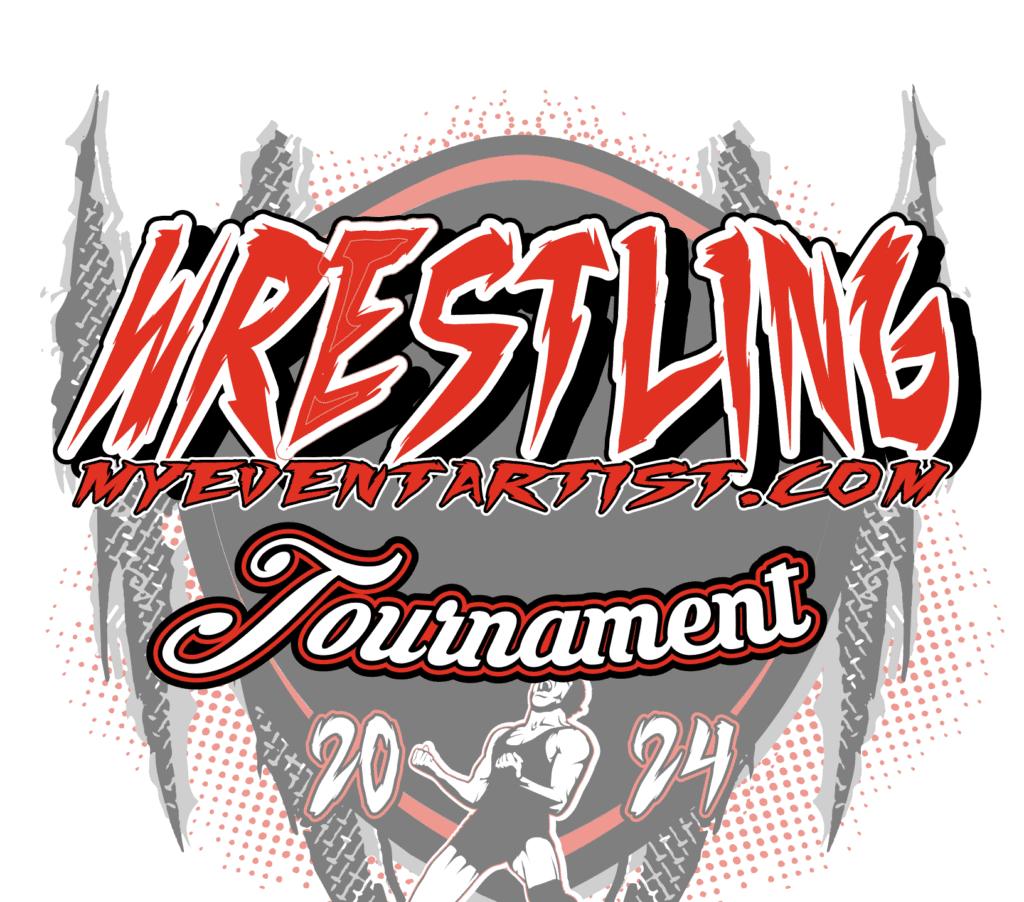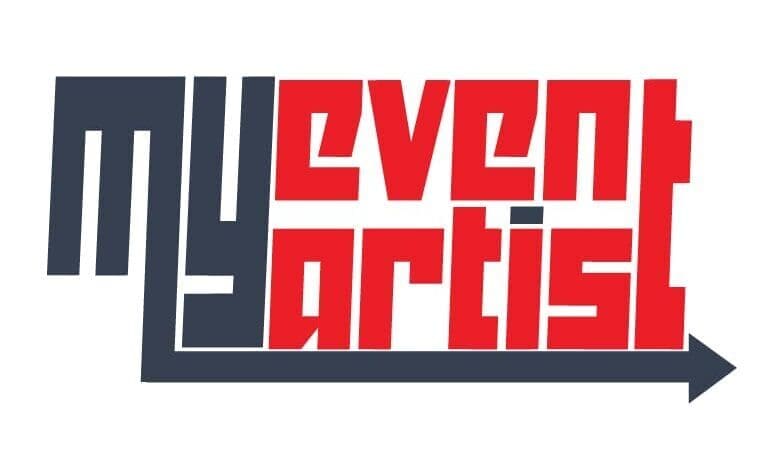Typography Magic: Explore tips on choosing and customizing fonts, aligning text elements, and creating visually engaging typography effects.
Typography plays a fundamental role in enhancing the visual appeal and legibility of your design. By understanding various techniques for choosing and customizing fonts, aligning text elements, and creating captivating typography effects, you can create visually engaging and cohesive designs. Here are some valuable tips to help you wield the magic of typography:
- Choose the right font: Start by selecting fonts that align with your brand or design objective. Consider factors such as readability, mood, and tone. Serif fonts convey a traditional and authoritative feel, while sans-serif fonts exude a modern and clean aesthetic. Display fonts can add flair and personality to headlines or logos. Experiment with different font combinations to ensure they complement each other harmoniously.
- Establish a hierarchy: Create a visual hierarchy using font sizes, weights, and styles to guide the reader’s attention. Headlines and titles should stand out and have larger sizes, while body text should be legible and appropriately sized. Use bold or italic variations to highlight important information. Consistency in font hierarchy fosters clarity and readability, making it easier for the audience to navigate your content.
- Customizing fonts: Many fonts allow customization options like adjusting kerning (spacing between characters), tracking (spacing between words), and leading (line spacing). Fine-tuning these aspects can significantly improve the aesthetics and readability of your typography. Be cautious not to excessively kern or condense characters, as it may hinder legibility.
- Mindful alignment: Pay attention to the alignment of text elements. Aligning text left, right, center, or justified can create visual balance and help guide the reader’s eye. Justified alignment, which evenly stretches words to fit the available space, can result in irregular spaces between words, so use it sparingly. Experiment with different alignments to find the one that best suits your design context.
- Utilize white space: White space, also known as negative space, is the empty space around text and other design elements. Properly utilizing white space improves readability and emphasizes the importance of the text. Ensure sufficient space between lines, paragraphs, and other design elements to avoid clutter and create a clean and balanced composition.
- Add visual effects: Typography effects can add an extra layer of visual engagement to your designs. Experiment with drop shadows, gradients, outlines, or even creative illustrations that integrate seamlessly with your text. However, exercise restraint and ensure the effects don’t compromise readability or overwhelm the overall design.
- Consider responsiveness: In today’s digital landscape, it’s vital to create typography that adapts well to different screen sizes and resolutions. Opt for responsive fonts that maintain legibility and style across various devices. Test your typography on multiple devices and platforms to ensure it remains visually appealing and readable on both desktop and mobile platforms.
By exploring these tips, you can unlock the magic of typography and create visually stunning designs that effectively communicate your message. Remember to consider your brand identity, target audience, and design context to achieve typography that is not only visually appealing but also functional and impactful.


